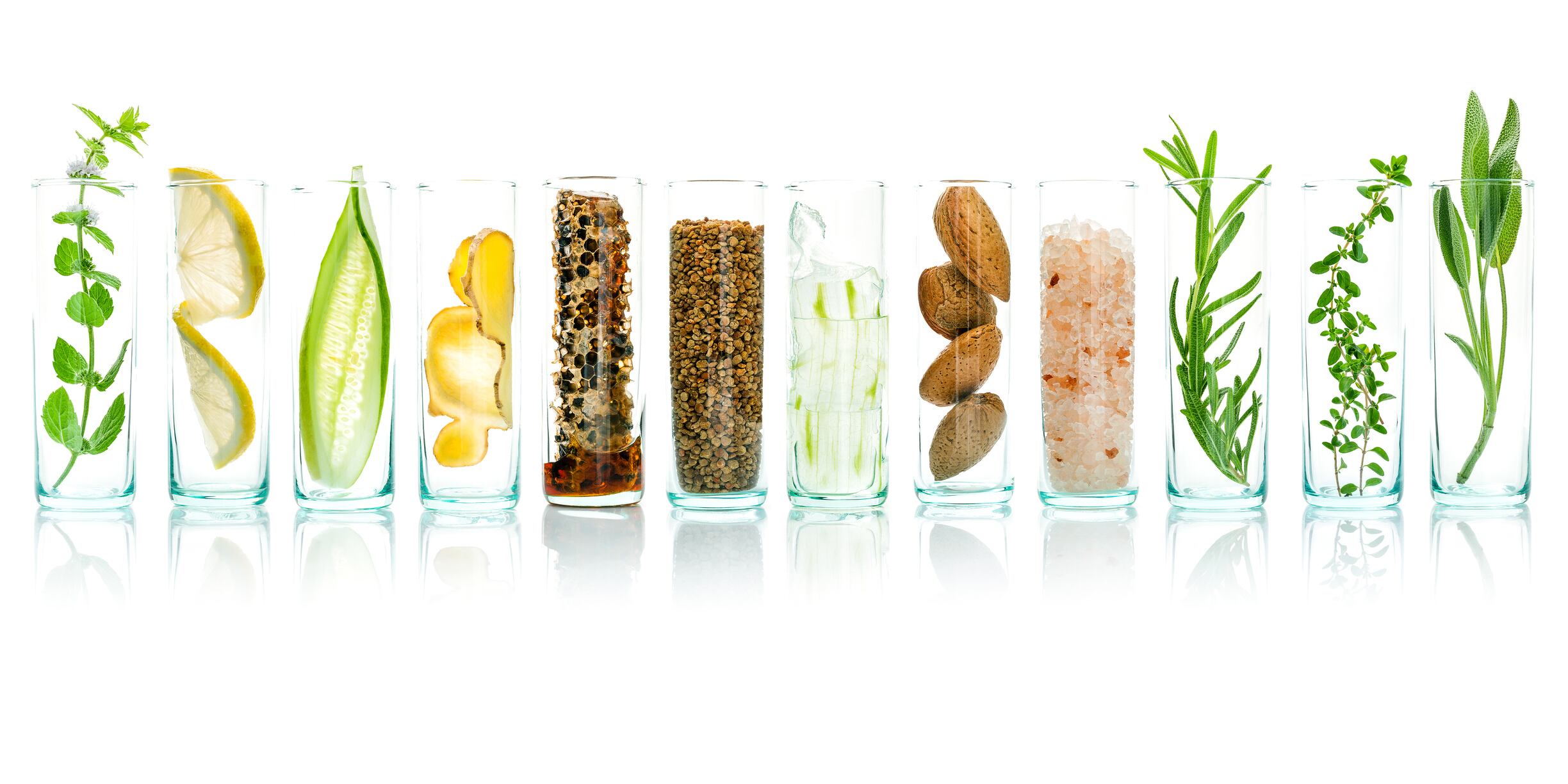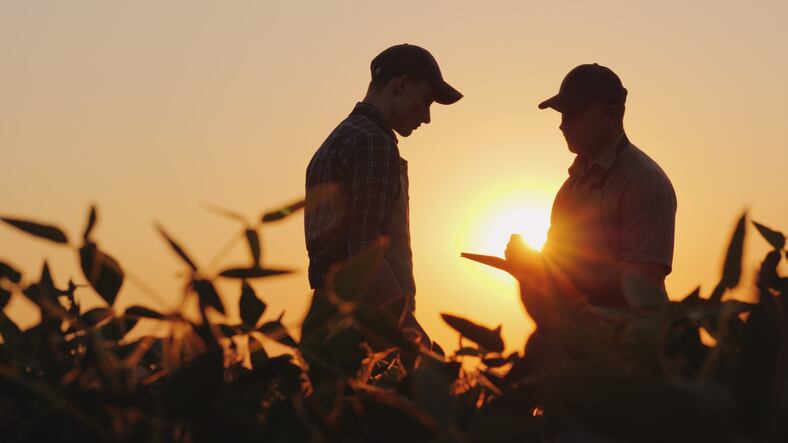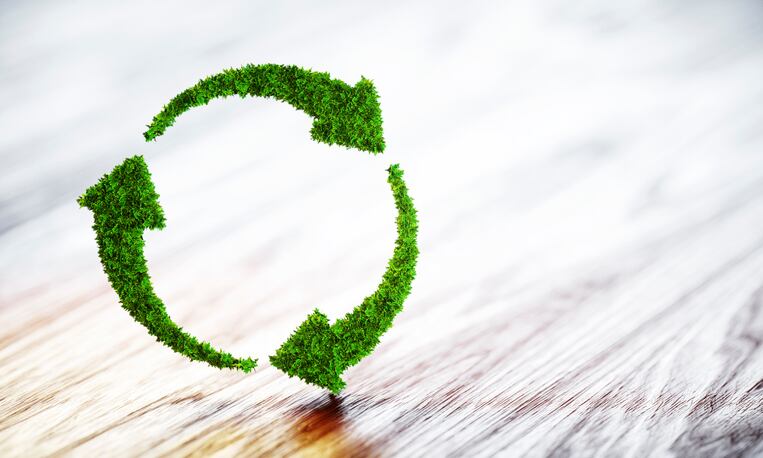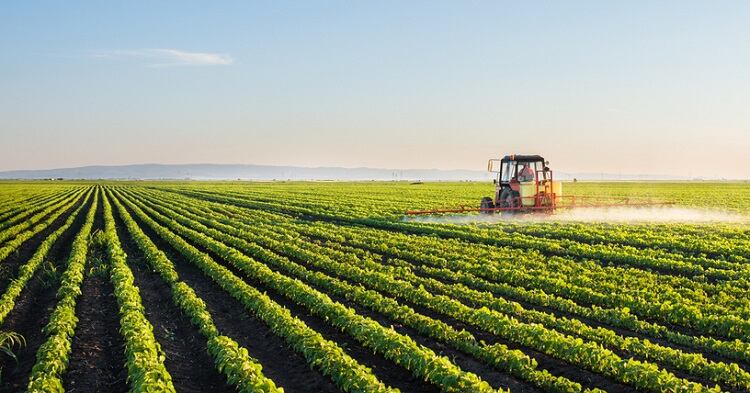Wake up and smell the coffee...
Think about coffee grounds – perhaps one of the most familiar ‘waste’ ingredients in the cosmetics space. But what about avocado stones, grape and mandarin skins, wheat bran, sugar beet bagasse and corn stover? Just a handful of the many alternative food and agricultural side streams with significant potential for cosmetics.
Dr. Richard Blackburn, director and co-founder of Keracol – the Leeds University-born company behind sustainable cosmetics brand Dr. Craft – said there was a “massive opportunity” to utilise waste and by-products in cosmetics, but efforts to tap into these resources remained scarce.
“If we look at all ingredients that are going into cosmetic products, it’s just a tiny fraction coming from waste products and by-products,” Blackburn told CosmeticsDesign-Europe.
“If we then divide it down and look at natural products, even then only a small percentage is actually coming from waste (…) I would say most of the natural ingredients are using, effectively, dedicated land used to grow crops to produce cosmetics, which I have a fundamental problem with, considering we don’t have enough land for crops to eat.”
Stumbling block? A ‘lack of expertise’
Rather than seeking out the next “magical ingredient”, Blackburn said industry should consider the “huge amounts” of waste material already available and how this could be valorised and used in cosmetic formulations.

Asked what was holding industry back from doing so, he said: “Lack of expertise – how you handle these ingredients.”
“For many years, the industry has worked on very, very simple, basic methods of extraction, even through mechanical means like pressing, juicing, pulping – those very basic mechanical methods to get ingredients from nature,” he said. But working with waste streams often required more complex extraction techniques and handling.
Advances had to be “science-led” and well-considered, Blackburn said. “In the process of extracting waste, you can potentially increase toxins, it can start growing mould, fungi, bacteria and you can get into microbial issues. You have to know how to handle it, dry it, process it.”
Dr. Jacco van Haveren, programme manager for Biobased Chemicals and Fuels at the Wageningen Food & Biobased Research Institute, agreed. His team’s work in fermentation to break down “very complex” side stream compositions into manageable, usable bio-based ingredients was not straightforward, he said.
“We need to identify and isolate the specific components that are present in the side streams and sometimes we need to convert them into new target molecules that can be used for personal care or cosmetic applications.”
Supply chain in the spotlight
Subsequent ingredient testing also proved costly, Van Haveren said, and often created a “chicken and egg” situation on who was prepared to make this investment – the cosmetic manufacturer, the consumer or the supplier of the side stream?
“From a technological and scientific point of view, we can substitute all components with bio-based components,” he said. “Of course, we need to develop the technology and I’m 100% sure that should be feasible, the question is can we do it in economical, affordable ways? That’s the real question.”
Blackburn added that to make waste ingredients truly viable, industry had to also get hold of “the right sort of materials” – an area Keracol had invested heavily in and now worked directly with the food industry, growers and processors to do so.

“Working with the supply chain and making sure you understand what they want out of it is very important,” he said.
Keracol, for example, was working on a collaborative project to valorise the 10 million tons of annual mandarin peel waste from tinned production in China that couldn’t be sent to landfill, as it created methane, and couldn’t be fed to cattle, as it was too acidic, and therefore had to be incinerated.
“Finding uses for that is very important. Some people are looking at nutritional uses, food additive uses, and we’re looking at cosmetics uses – there are multiple opportunities,” Blackburn said.
‘It’s relatively easy to upscale’
For farmers and agricultural producers, Van Haveren said valorising side streams and by-products for the cosmetics and personal care space was a key priority, as it was a more value-added application area. And this aligned well with the desire industry had to develop more sustainable ingredients, he said. “Of course, part of most cosmetic formulations is already partly bio-based, but now there’s surely a drive to enhance that.”
He said the Wageningen Food & Biobased Research Institute would continue its work to develop ingredients from side streams but target wider uses in the cosmetic and personal care category, which would hopefully encourage increased industry uptake.
“From a technological point of view, it’s relatively easy to upscale but of course it’s all about the market size that will make it affordable or not,” Van Haveren said.
Blackburn said should larger cosmetic and personal care players be interested, it would be important these companies used all the waste ingredients sourced.
“My worry about the big players getting involved is them taking all that product away and monopolising it. They could potentially take that waste material and actually not do anything with it - they just want to make sure they have enough.
“If you’re going to take waste, you’ve got to use it,” he said.




